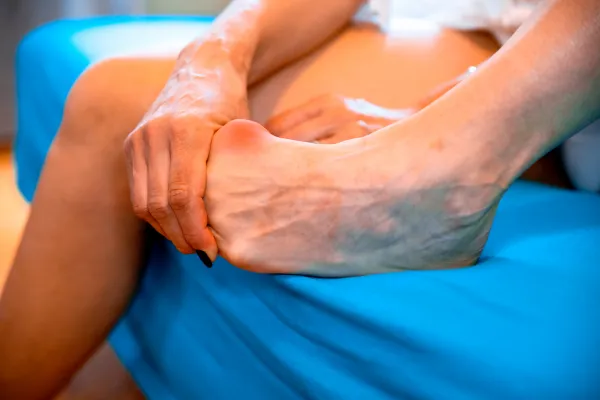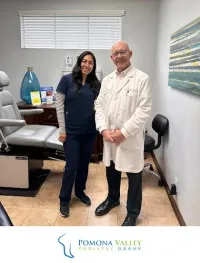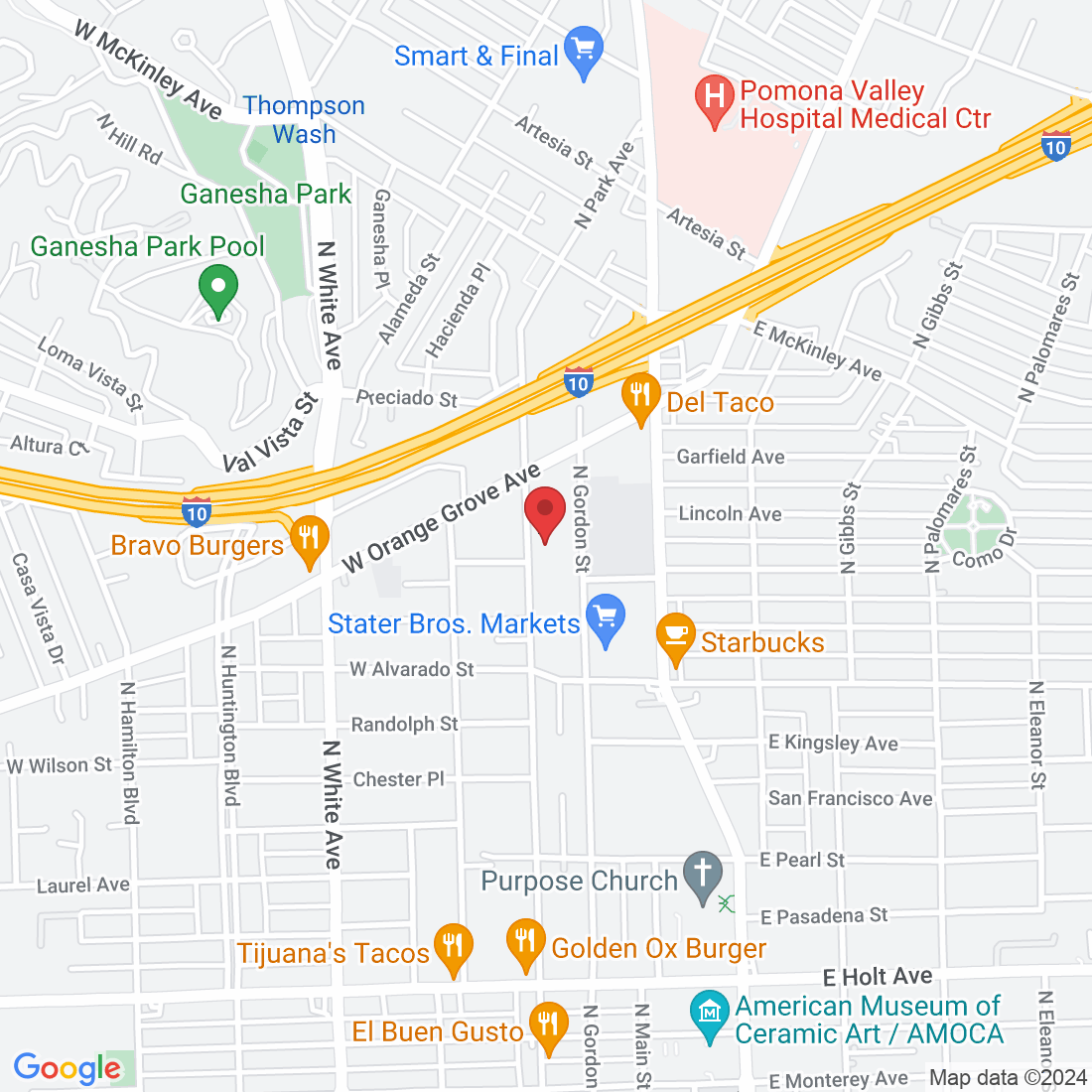
Can Shoes Really Cause Bunions?
If you’ve ever blamed your favorite pair of heels or narrow dress shoes for that aching bump near your big toe, you’re not alone. A lot of people—especially women—wonder if their shoes are the reason bunions show up. So let’s clear things up: can shoes really cause bunions?
The short answer? Not exactly—but they can make them worse.
Let’s break it down step by step.
What Is a Bunion, Anyway?
A bunion is a bony bump that forms at the base of your big toe. It happens when the joint at the toe starts to shift out of place, making the toe lean inward toward the others. Over time, the joint sticks out more and more.
This can lead to:
Pain or soreness
Swelling and redness
Trouble fitting into shoes
And sometimes, even changes in how you walk
It’s not just about how it looks—it can really affect your comfort and movement.
So, Do Shoes Cause Bunions?
Not directly. The main cause of bunions is usually your genetics. That’s right—it often runs in families. If your parents or grandparents had bunions, there’s a good chance you might, too.
Some people are simply born with foot shapes or joint structures that are more likely to develop bunions over time.
But here’s where shoes come in:
While they don’t cause bunions, they can make things worse—especially if you already have the tendency to develop them.
Shoes That Can Make Bunions Worse
Certain types of shoes can put extra pressure on the front of your foot and toes. Over time, this can speed up bunion development or make an existing one more painful.
Some examples include:
High heels: They force your weight forward onto the toes.
Pointy shoes: These squeeze your toes together, pushing the big toe inward.
Tight or narrow shoes: Not enough room can lead to irritation and stress on the joint.
This is why bunions are more common in women—not because of the shoes alone, but because narrow, fashion-focused footwear can worsen what’s already happening inside the foot.
What If You Already Have a Bunion?
If you’ve started to notice a bump on the side of your big toe—or you’re dealing with pain when walking or putting on shoes—it’s a good idea to have it checked.
Here’s what we can do at Pomona Valley Podiatry Group:
Take X-rays to see how advanced the bunion is
Help you choose shoes that are comfortable and supportive
Discuss custom orthotics to reduce pressure on the joint
Talk about home care and, if needed, treatment options like bunion surgery
The earlier you get help, the easier it is to slow things down—and often avoid surgery altogether.
Shoe Tips to Help with Bunions
If you’re trying to stay comfy and prevent things from getting worse, here are some easy footwear tips:
✅ Look for wide-toe boxes – your toes should have room to spread out
✅ Choose lower heels – less pressure on the front of your foot
✅ Go for soft materials – they won’t rub or irritate the bump
✅ Try supportive insoles – especially if you're on your feet all day
If you’re not sure where to start, we’re happy to guide you. The right pair of shoes can make a huge difference in your day-to-day comfort.
Final Thoughts
So, can shoes cause bunions? Not exactly—but they definitely play a role. Think of shoes like a steering wheel. They can’t create the engine, but they sure can steer things in the wrong (or right!) direction.
At Pomona Valley Podiatry Group, we’re here to help you walk comfortably and confidently, whether you’re managing bunions now or just trying to avoid future foot trouble.
Need help with bunions or foot pain?
Come see us at our Pomona foot and ankle clinic. We’ll take the time to listen, explain what’s going on, and find a solution that fits your life.
Ask And His Team
Fill in the form to request a Call From Our Team
One of our team will call you for FREE and answer any questions or concerns you may have about your uncomfortable foot condition





